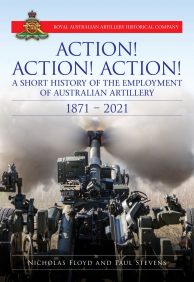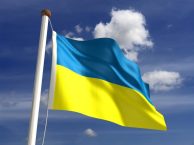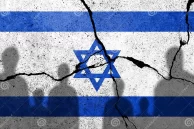
TWO OFFICERS OF RAAF 2 SQUADRON WERE “MISSING-IN-ACTION
The Australian War Memorial records note:
In 1970 two RAAF airmen of 2 Squadron RAAF were declared missing in action in Vietnam. Flying Officer Michael Herbert and Pilot Officer Robert Carver, both of 2 Squadron, RAAF, were believed killed when their Canberra bomber disappeared while flying a night bombing mission in the northern 1 Corps region of South Vietnam.
On 3 November 1970 Herbert (the pilot and aircraft captain) and Carver (the navigator and bomb aimer) had taken off from Phan Rang at 7.00 p.m., heading for their target in Quang Nam province 65 kilometres south-west of Da Nang. The weather was relatively clear and the flight to the target was without incident. The Australians carried out their bombing run and released their bombs over the target area at 8.22 p.m. After acknowledging a radio message, they switched frequency for the return flight to Phan Rang. Shortly afterwards, the aircraft disappeared from the radar screen which was tracking it.
American and Australian air units mounted an aerial search the next morning. The extensive search involved 67 sorties over an area of over 16,000 square kilometres but it was hampered by poor weather conditions. The search failed to find any trace of the aircraft or crew and was called off after three days.
Pilot Officer Carver had served for only eight weeks in Vietnam. Flying Officer Herbert, who had qualified as a pilot at the age of 16, had only two months to go to finish his tour.
The cause of the disappearance was never determined. Their aging Canberra bomber was flying well above the maximum range of enemy anti-aircraft artillery and there were no known North Vietnamese surface-to-air missile (SAM) launch sites near the flight path. Although discounted by a RAAF court of inquiry, the most likely explanation of the aircraft’s sudden disappearance without trace remains the possibility of a catastrophic mid-air explosion caused by one or more bombs becoming hung up in the rack after release.
For the parents of those lost, the term “missing in action” became increasingly difficult to live with. After years of uncertainty Robert Carver’s parents eventually gave up hope that he would be found alive. Mr Sydney Carver had his son’s name placed on the Toowoomba War Memorial. Every day he passed the memorial and never failed to look at the inscription.”
Nearly 39 years later, the jungle gave up its secret. Major John Thurgar (former SAS Trooper during the Vietnam War), from the Australian Army’s History Unit, and Squadron Leader John Cotterell uncovered the wreckage of Magpie 91. It appears the crash site had been sighted sometime in 1982 by several hunters from the Katu people who reside in eastern Laos and central Vietnam. However, for a range of reasons, not the least being the sheer impregnability of the terrain and the dense jungle near the crash area, the discovery was not investigated.
On August 31, 2009, the caskets with the remains of Michael Herbert and Robert Carver arrived on board an RAAF C130 that had brought them from Hanoi to RAAF Base Richmond. It was an emotional moment in No 2 Squadron’s history and especially for those airmen who served in the Squadron during the Vietnam War.
Ernie Chamberlain




